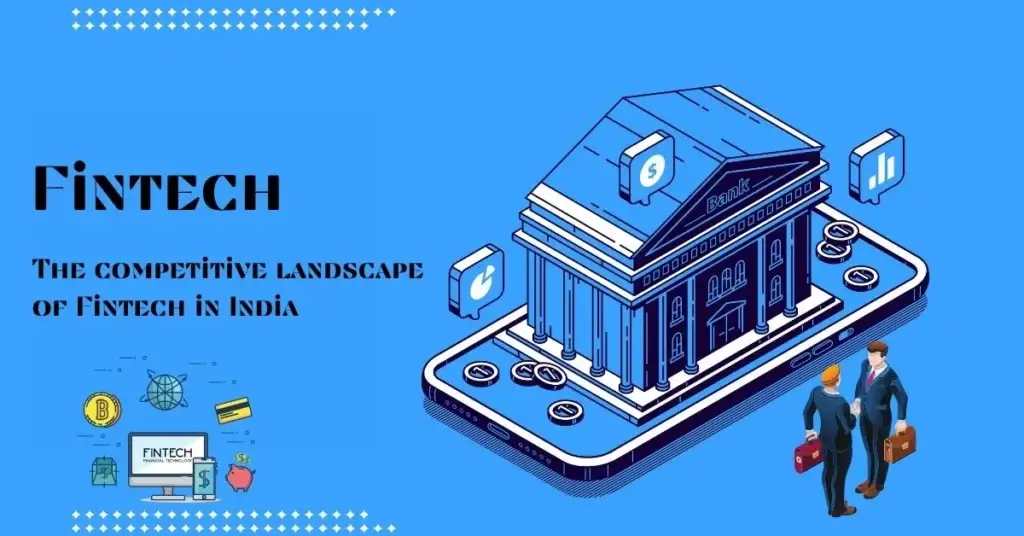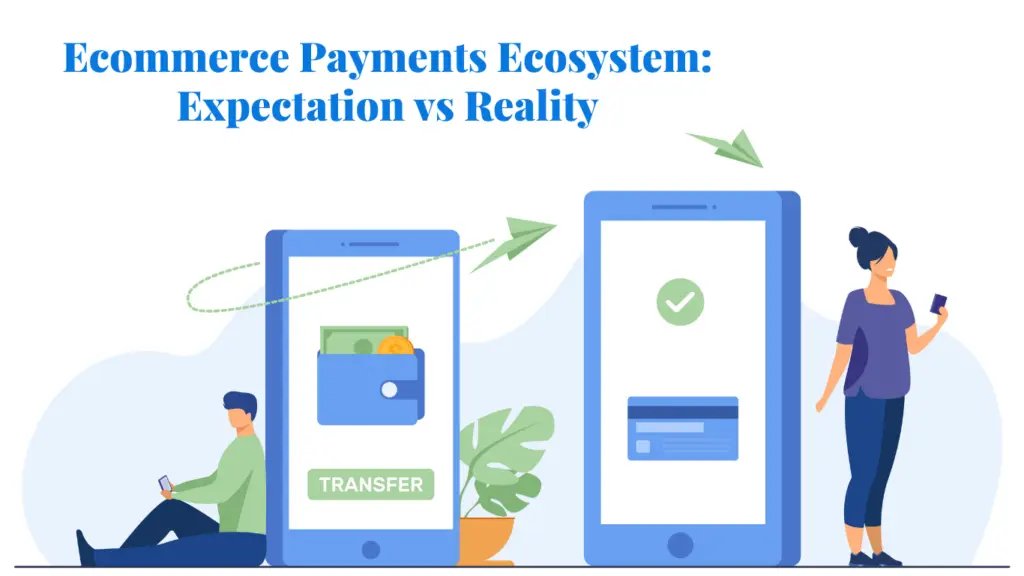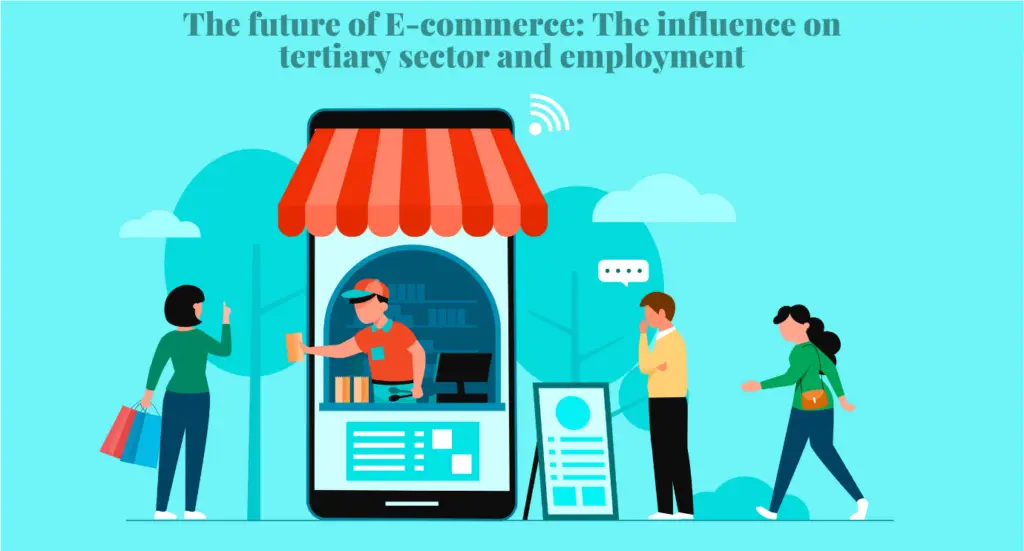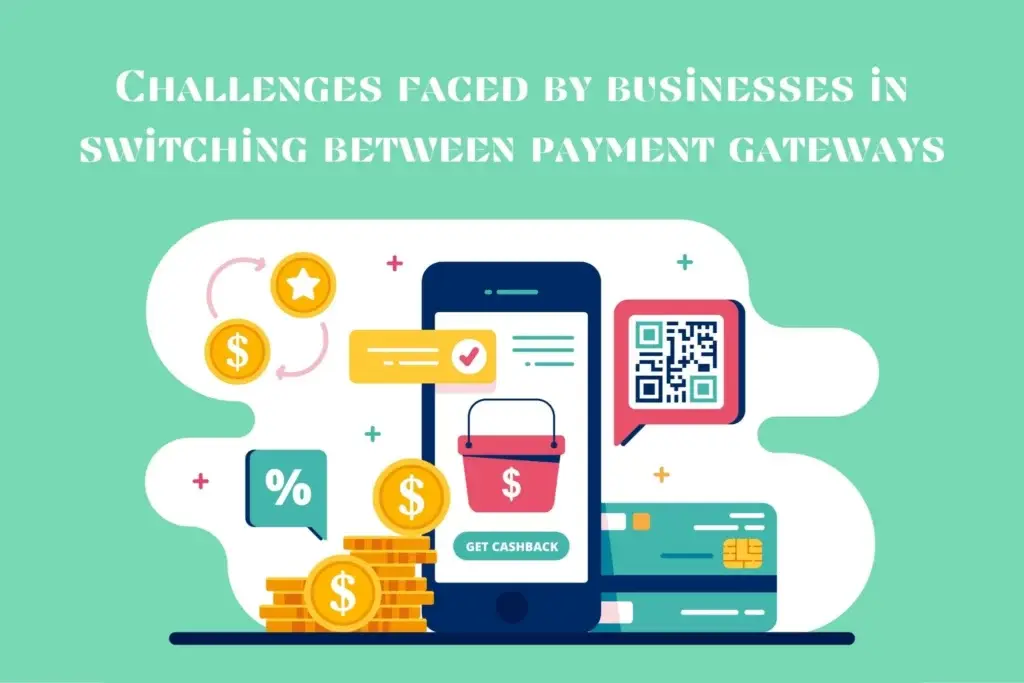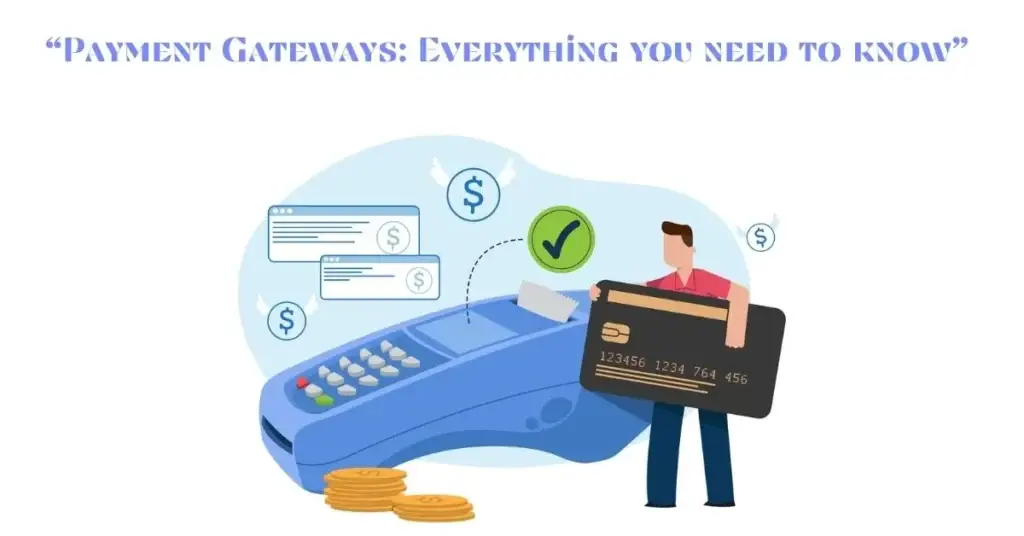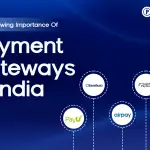Fintech companies have established themselves as strong competitors in the financial-services sector & fintech in India, but now they are facing a new challenge: mainstream banks have gradually started to offer fintech-like services including early pay check access and no-fee overdrafts.
For financial institutions in particular, fintech denotes both a threat to business-as-usual and significant opportunity, promising new markets, enhancement of internal processes, and even the delivery of newer cutting-edge products and services to customers. Meanwhile, regulators must be up to the challenge of adjusting to current regulatory structures or creating new ones in order to better manage these new industries. Basically, financial institutions must compete head-to-head with these new and upcoming active and dynamic start-ups firms, or else they have to co-operate or collaborate with them.
For a long time, consumers have tolerated the lack of technology found at traditional banks. But with fintech on the rise, banks are struggling to keep up and offer customers the innovation they crave. The question is, will it be Fintech vs Traditional Banks? Or can they join forces to build financial services that modern consumers are looking for?
What is Fintech?
Fintech is a blend of the words “financial” and “technology”. It’s a term used to define new technology that aims to systematize and improve the usage and delivery of financial services and products.
Fintech is used to benefit business owners, companies, and consumers to easily handle their finances and business processes using software. The technology is available via their computer or other devices including a smartphone or a tablet.
Fintech had first launched in the late 1990s when the Internet and e-commerce businesses appeared. By the 21st Century, the technology is now used in the backend systems of financial institutions to digitize banking.
Since then, fintech has moved its focus to consumer-oriented services. It’s now used in numerous industries such as retail banking, investments management, fundraising and financial services for individuals as well. Cryptocurrencies like bitcoin and ethereum are also now a part of fintech progression.
To fulfil customers’ request for speed, efficiency, and an efficient user experience, financial providers need to incorporate technology into their services. This will allow them to offer the seamless experience that consumers have now come to expect. If giant corporations like Amazon can enable customers to complete their purchase in seconds, it shouldn’t need a face-to-face meeting just to open a new bank account.
Traditional banks have changed significantly in the way they function, all thanks to new-age technologies such as machine learning, AI, and data analytics. Banks have also started to acquire fintech startups to add to their amenities. Additionally, fintech startup accelerator programs are gaining popularity as well, some of which are run by banks like ING and JPMorgan.
The competition is immense, therefore some fintech businesses will thrive while others may struggle to even stay in business. Nevertheless, this presents an opportunity for fintech in India startups and traditional banks to team up and quickly adjust to the new digital world today.
Fintech and traditional banks: what’s the difference?
While fintech in India and traditional banks have the same goal to provide seamless financial services to consumers, that’s the only similarity.
Fintech companies are considered the bank’s biggest competitors. The financial system banks use today is made up of some very out-of-date and old-fashioned procedures. It’s often time-consuming and malfunctioning than it is frictionless. As consumer demands continue to grow in terms of wanting things faster and easier, people are looking for a financial solution that meets their needs instead of constantly standing in lines and blocking out a whole day for bank work.
When it comes to innovation and progression, traditional banks are falling behind and fintech in India is a rising star because consumers are increasingly opting to use it as a substitute to banks.
The Rise of Fintech in India
As one of the world’s fastest-growing economies, India has certainly emerged as one of the fastest-growing Fintech hotspots as well. Paperless transactions, mobile banking, secure payment gateways, mobile wallets, and other such ideas are already being adopted in India whereas many countries are yet to follow.
Over the last two years, there has been a substantial acceptance of digital payment systems in India, making it a lot easier to use and access basic financial services. This rapid expansion of Fintech in India has been supported by many factors, including the rising accessibility of smartphones, better internet access, and even high-speed connectivity.
Banks have traditionally served as the gateway to payment services in India. On the other hand, with the swift progress of technology, this no longer seems to be the case, as the power of banks in this area is gradually weakening.
In current times, India’s payments infrastructure has seen significant development, mainly with the introduction of new payment systems and interfaces such as Immediate Payments Service (IMPS), Unified Payments Interface (UPI), Bharat Interface for Money (BHIM), and many more. The government’s “Make in India” and “Digital India” missions also played a vital role in fast-tracking the acceptance of Fintech. It is praiseworthy that the Reserve Bank of India (RBI) has also encouraged the rising use of electronic payments to create a truly cashless society.
Moreover, government rulings such as the execution of demonetization and GST have also given a substantial growth opportunity for fintech projects all over the nation. Although demonetization resulted in a lot of commotion and chaos, especially by the general public, ultimately, it was the driving force that caused a shift towards digital, electronic, technology-driven platforms that improved the country’s Fintech revolution. And it’s only likely to assume that the COVID-19 pandemic has sped up this digitization across various categories, with contactless and cashless payments supported to encourage social distancing.
With the rise of platforms such as Paytm, PhonePe, MobiKwik, etc., digital payment systems have unquestionably been the key players of the Fintech in India. Moreover, Meta and Reliance Jio global partnership is likely to considerably change India’s digital payments sector, with a primary focus on local digital commerce that will also reach tier 2 and 3 cities along with rural areas.
Related Article: The Rise of Neobanking
The future of Fintech in India
In spite of being an immensely diversified and populous country, a huge percentage of India is still subjected to a continually fluctuating regulatory environment. Therefore, for these reasons, the country’s financial landscape and unresolved challenges are difficult to overcome. This is where Fintech in India enters the scenario, with its capability and power to deeply modify and transform India’s financial sector and take it to greater heights.

